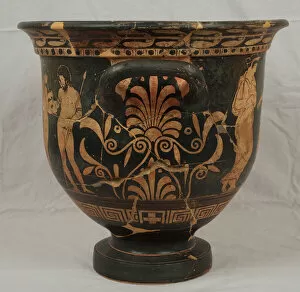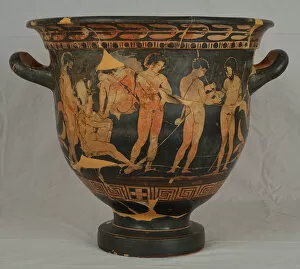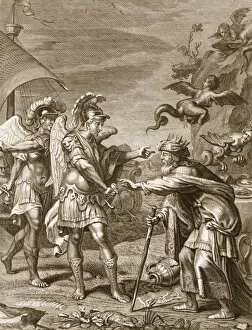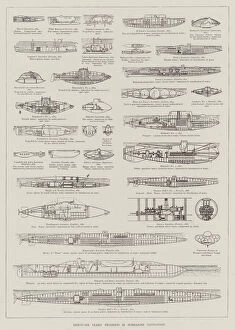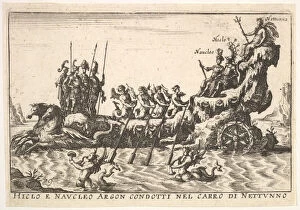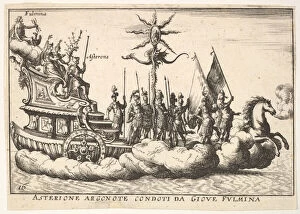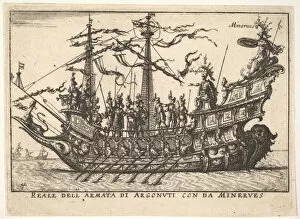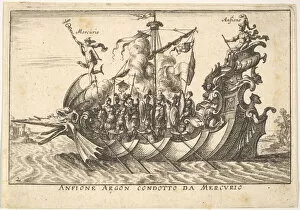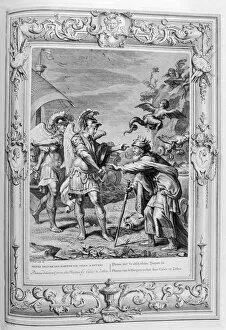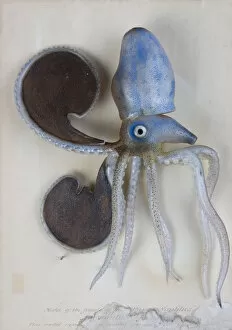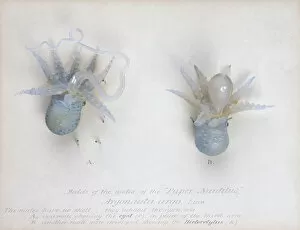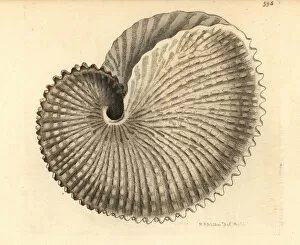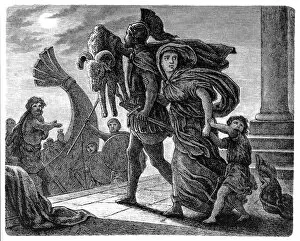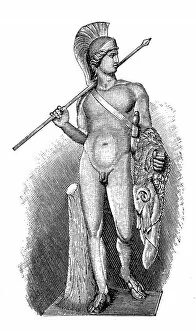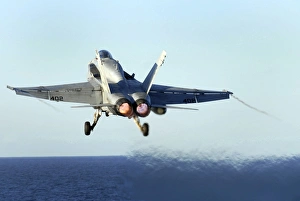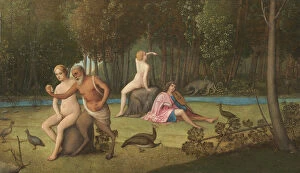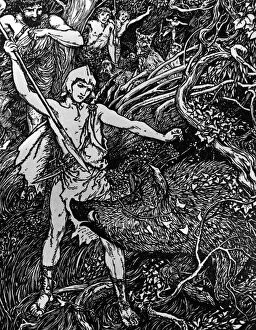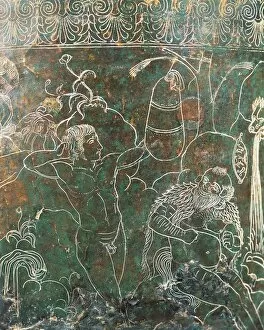Argonaut Collection (page 2)
The argonaut, scientifically known as Argonauta hians or the brown paper nautilus, is a fascinating creature that has captivated humans for centuries
All Professionally Made to Order for Quick Shipping
The argonaut, scientifically known as Argonauta hians or the brown paper nautilus, is a fascinating creature that has captivated humans for centuries. Its name is derived from the famous Voyage of the Argonauts in Greek mythology, where Jason and his crew embarked on a perilous journey to find the Golden Fleece. During the Victorian period, the Steam Yacht Argonaut was a symbol of luxury and adventure. It transported wealthy individuals on extravagant voyages across oceans, allowing them to experience new cultures and explore uncharted territories. In aviation history, the Canadair C-4 Argonaut G-ALHS played a significant role. This aircraft operated by BOAC at London Airport carried esteemed passengers like Queen Elizabeth herself. It represented elegance and sophistication in air travel during its time. Nature also presents us with an intriguing connection to this mythical creature. The great argonaut shares similarities with cuttlefish and flying squid, showcasing their remarkable ability to adapt and survive in various marine environments. The female argonauta argo or octopus deserves special mention as it possesses an extraordinary talent - creating delicate shells using secreted mucus threads. These shells resemble miniature boats that protect them while they navigate through open waters. One can witness the beauty of these creatures firsthand in places like Anilao, Batangas marine protected area where paper nautiluses gracefully swim under moonlit skies. Their presence adds enchantment to our world's underwater wonders. Artists throughout history have been inspired by tales of mythological journeys involving argonauts. Johannes Meursius, Willem van der Beke, Jacobus van Schoor are just some creators who depicted scenes such as Ferdinand embarking on adventures alongside these legendary heroes. However captivating these stories may be, we must not forget darker aspects associated with Medeia from Greek mythology who killed her young brother before casting him into the sea – reminding us that even within myths, there can be tales of tragedy.


